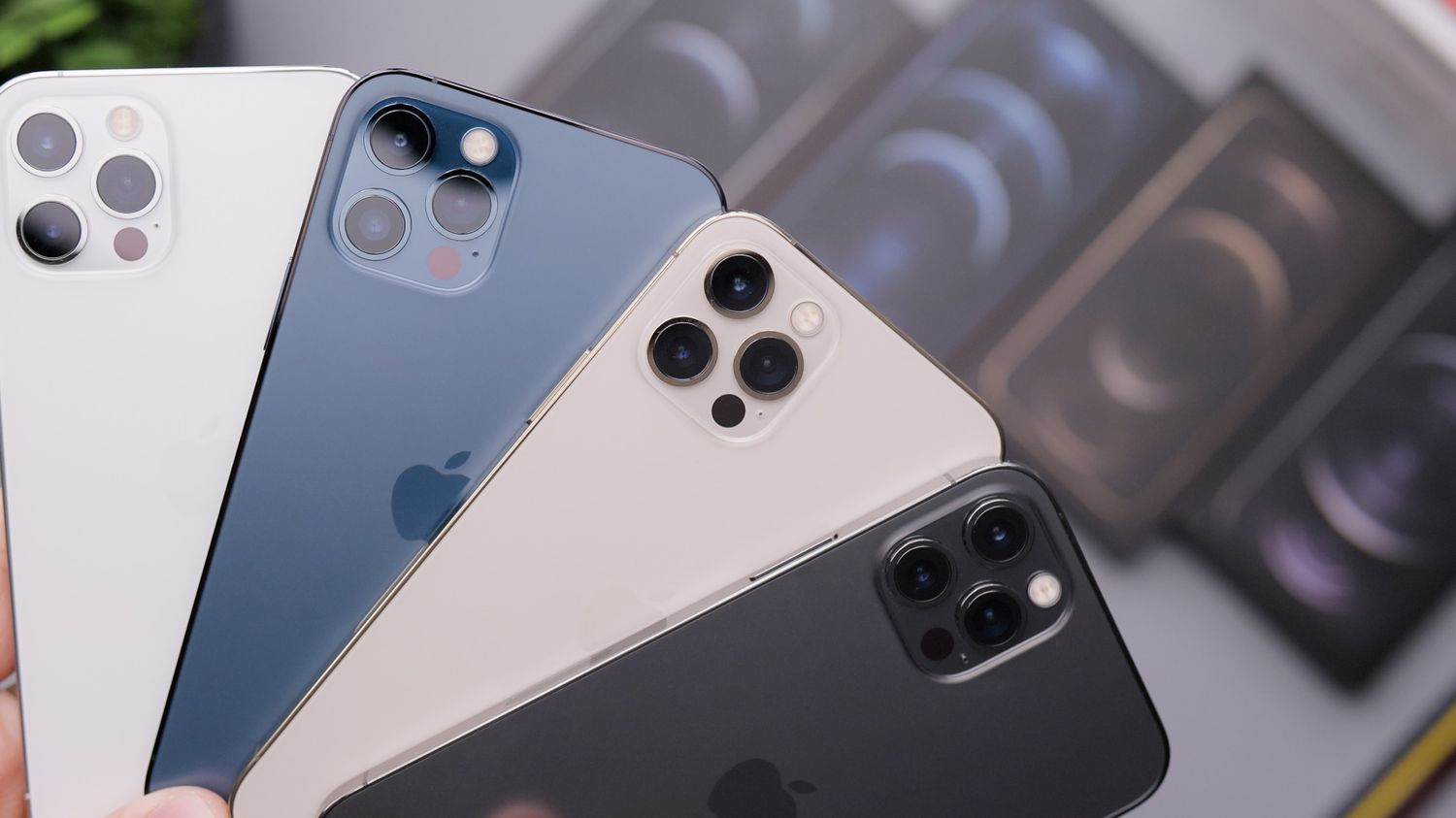
Are you looking to change the IMEI on your iPhone 13 Pro? Whether it's for personal preference or technical reasons, understanding the process and its implications is crucial. The IMEI (International Mobile Equipment Identity) is a unique identifier for your device, and altering it can have legal and functional consequences. In this article, we'll delve into the intricacies of changing the IMEI on an iPhone 13 Pro, exploring the methods, potential risks, and ethical considerations. Let's embark on this journey to uncover the nuances of IMEI modification and its impact on your device. If you're ready to explore the world of IMEI alteration, let's dive in and unravel the essentials.
Inside This Article
Understanding IMEI
IMEI stands for International Mobile Equipment Identity. It is a unique 15-digit code that identifies a specific mobile device. This code is essential for tracking lost or stolen phones and is used by network providers to identify valid devices on their networks. The IMEI is typically found on the back of the phone or can be accessed by dialing *#06# on the device.
Each part of the IMEI contains specific information. The first eight digits represent the Type Allocation Code (TAC), which identifies the device model and manufacturer. The following six digits are the Serial Number (SN) of the device. The final digit is a check digit used to verify the entire IMEI number for accuracy.
Understanding the IMEI is crucial for verifying the authenticity of a device and ensuring its compatibility with a specific network. It also plays a vital role in preventing the use of stolen devices and helps in tracking and blocking them if necessary.
Legal Considerations
When it comes to altering the IMEI of a device, it’s crucial to understand the legal implications. In many jurisdictions, tampering with or changing the IMEI of a mobile device is considered illegal. The IMEI is a unique identifier assigned to each mobile device by the manufacturer, and altering it can be viewed as an attempt to circumvent security measures or engage in fraudulent activities.
Furthermore, changing the IMEI of an iPhone 13 Pro can void the device’s warranty and lead to severe consequences, including legal action and fines. Mobile network operators and regulatory authorities closely monitor IMEI-related activities to prevent illicit practices such as device theft, trafficking, and unauthorized network access.
It’s essential to adhere to the laws and regulations governing IMEI alteration in your region to avoid potential legal repercussions. Engaging in unauthorized IMEI modification can not only result in financial penalties but also tarnish your reputation and lead to restrictions on your access to mobile networks.
Changing IMEI on iPhone 13 Pro
Changing the International Mobile Equipment Identity (IMEI) number on an iPhone 13 Pro is a controversial topic. The IMEI number is a unique identifier for mobile devices, and altering it is illegal in many countries. It’s important to understand the legal and ethical implications before attempting to change an IMEI number on any device.
IMEI numbers are used by mobile networks to identify valid devices and block stolen or lost phones from accessing the network. Therefore, changing the IMEI number can be considered fraudulent and may lead to severe legal consequences.
There are unscrupulous individuals and organizations that offer services or tools claiming to change IMEI numbers, but engaging in such activities can result in serious legal trouble. It’s crucial to be aware of the risks and repercussions associated with attempting to alter the IMEI number on an iPhone 13 Pro.
It’s important to note that changing the IMEI number on an iPhone 13 Pro is not only illegal but also unethical. Doing so can contribute to criminal activities such as identity theft and fraud. It’s essential to use mobile devices responsibly and within the boundaries of the law and ethical standards.
Changing the IMEI on an iPhone 13 Pro is a complex process that requires careful consideration and adherence to legal and ethical guidelines. While it’s important to acknowledge the potential reasons why someone might seek to change their IMEI, such as addressing a lost or stolen device, it’s crucial to emphasize the legal implications and risks associated with altering this unique identifier.
Ultimately, it’s essential to prioritize the security and integrity of the device, as well as respect the regulations governing IMEI changes. As technology continues to evolve, it’s important for users to explore legitimate avenues for addressing issues related to their devices, such as reporting theft to the authorities and contacting their service provider for assistance.
FAQs
Q: Is it legal to change the IMEI on an iPhone 13 Pro?
A: No, it is not legal to change the IMEI on an iPhone 13 Pro or any other device. Doing so violates the laws in many countries and can result in severe penalties.
Q: Can changing the IMEI on an iPhone 13 Pro affect its warranty?
A: Yes, altering the IMEI of an iPhone 13 Pro can void its warranty. Apple and other manufacturers consider such modifications as unauthorized and can refuse to provide service or support for the device.
Q: What are the risks of changing the IMEI on an iPhone 13 Pro?
A: There are significant risks involved in changing the IMEI on an iPhone 13 Pro, including legal consequences, voiding the warranty, and potential damage to the device’s functionality.
Q: Can changing the IMEI on an iPhone 13 Pro unlock it for use on different carriers?
A: While changing the IMEI might seem like a way to unlock the iPhone 13 Pro for use on different carriers, it is illegal and can lead to unforeseen issues, including permanent damage to the device’s functionality.
Q: Are there legal ways to unlock an iPhone 13 Pro for use on different carriers?
A: Yes, there are legal and legitimate methods to unlock an iPhone 13 Pro for use on different carriers, such as contacting the original carrier or using authorized third-party unlocking services.
